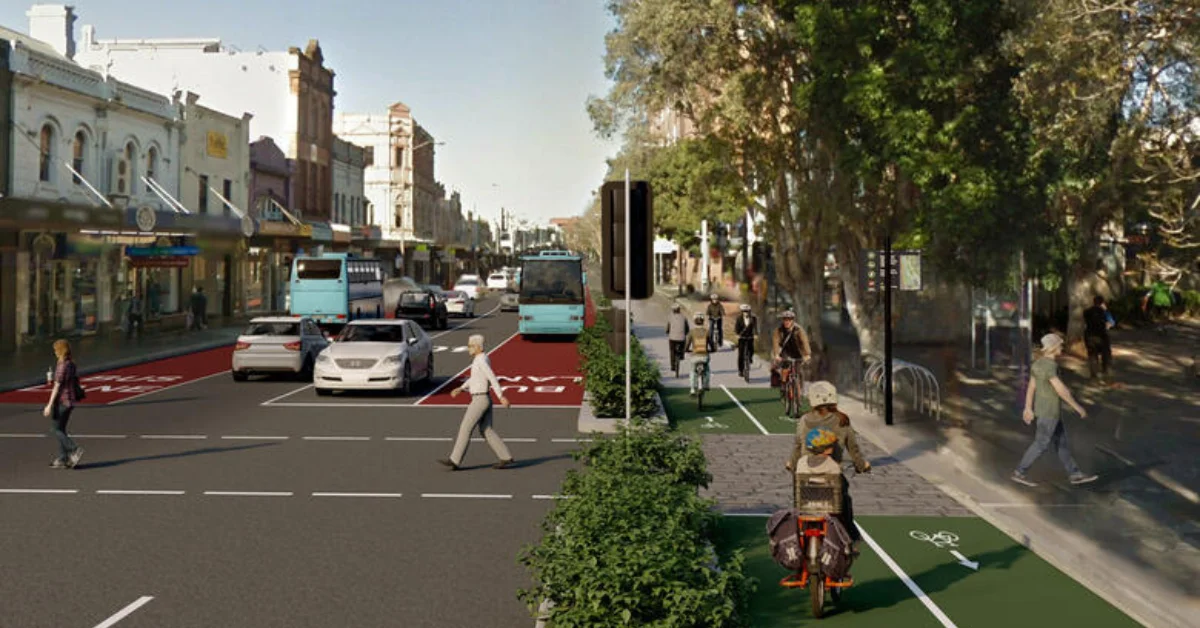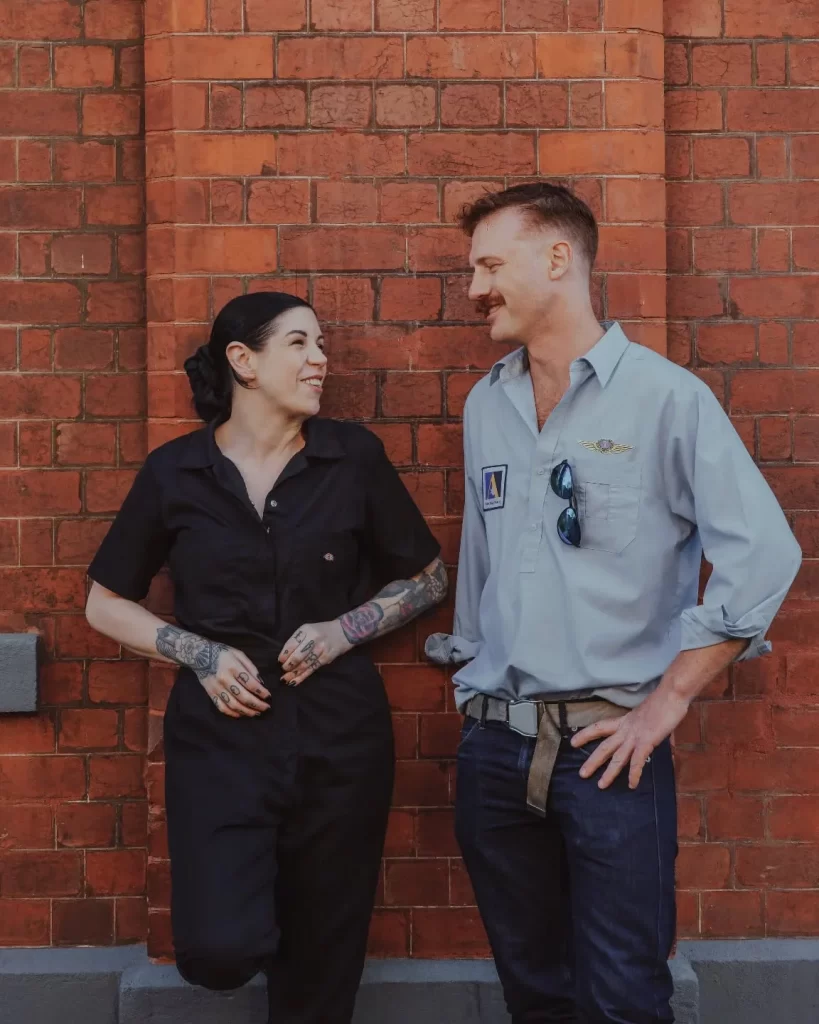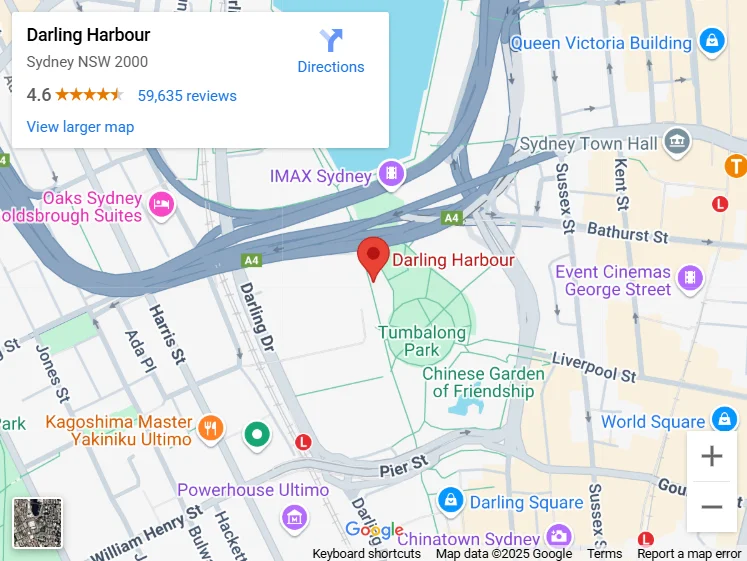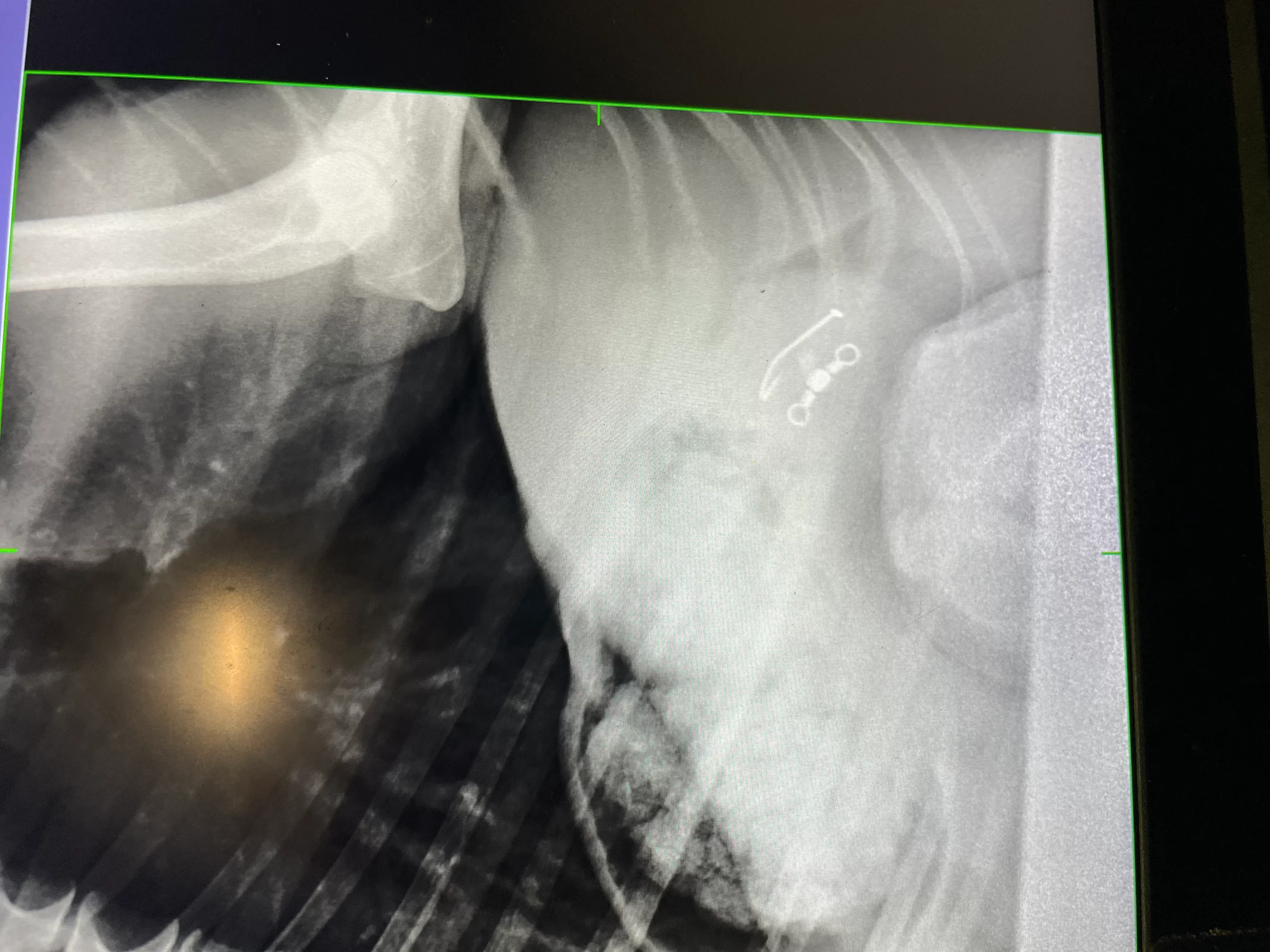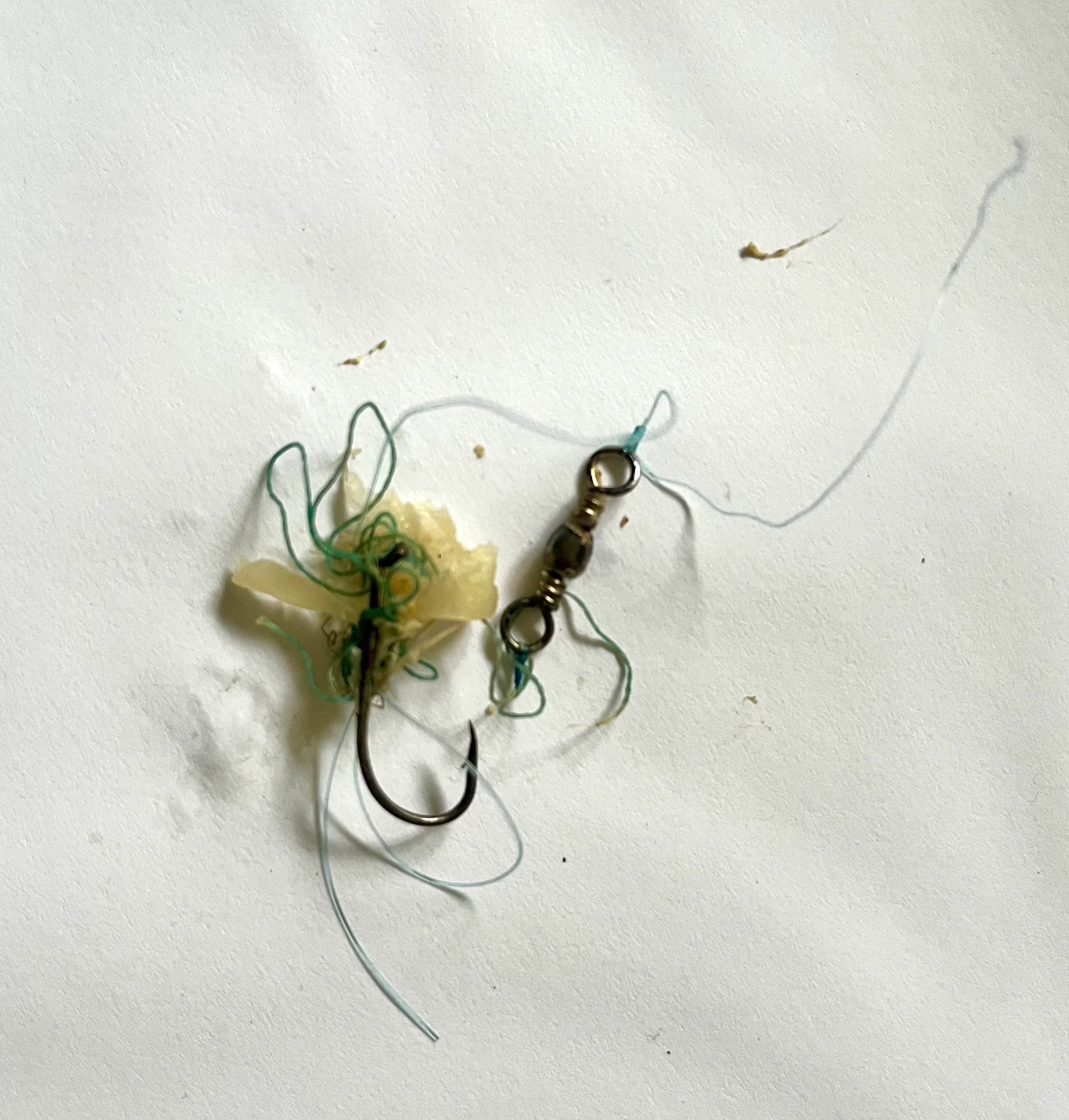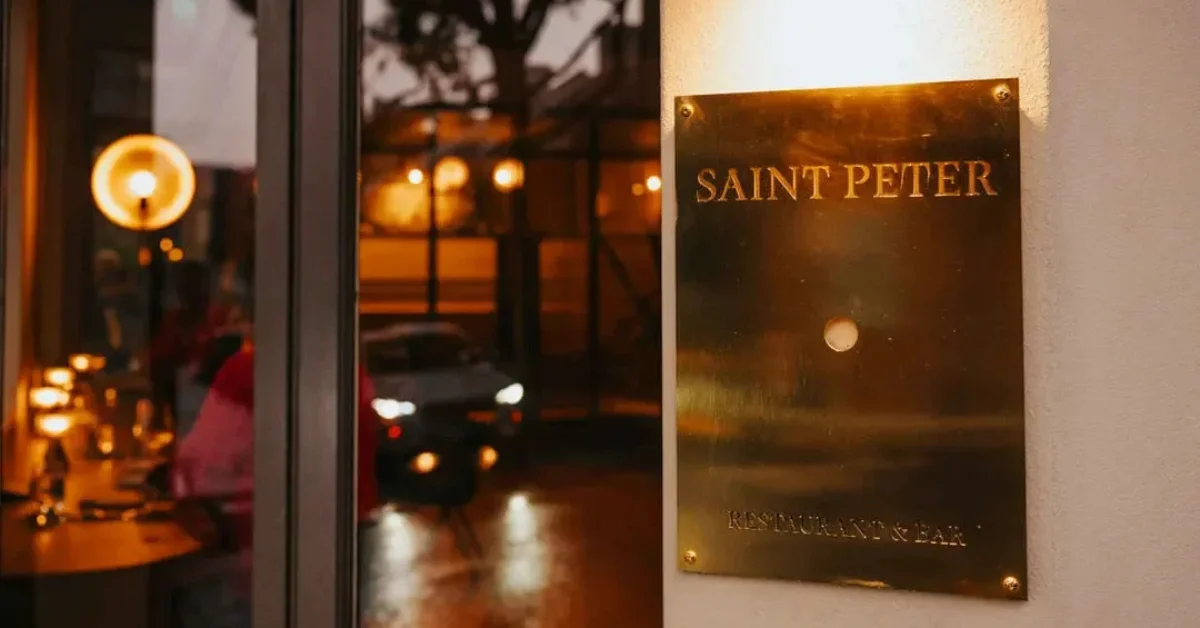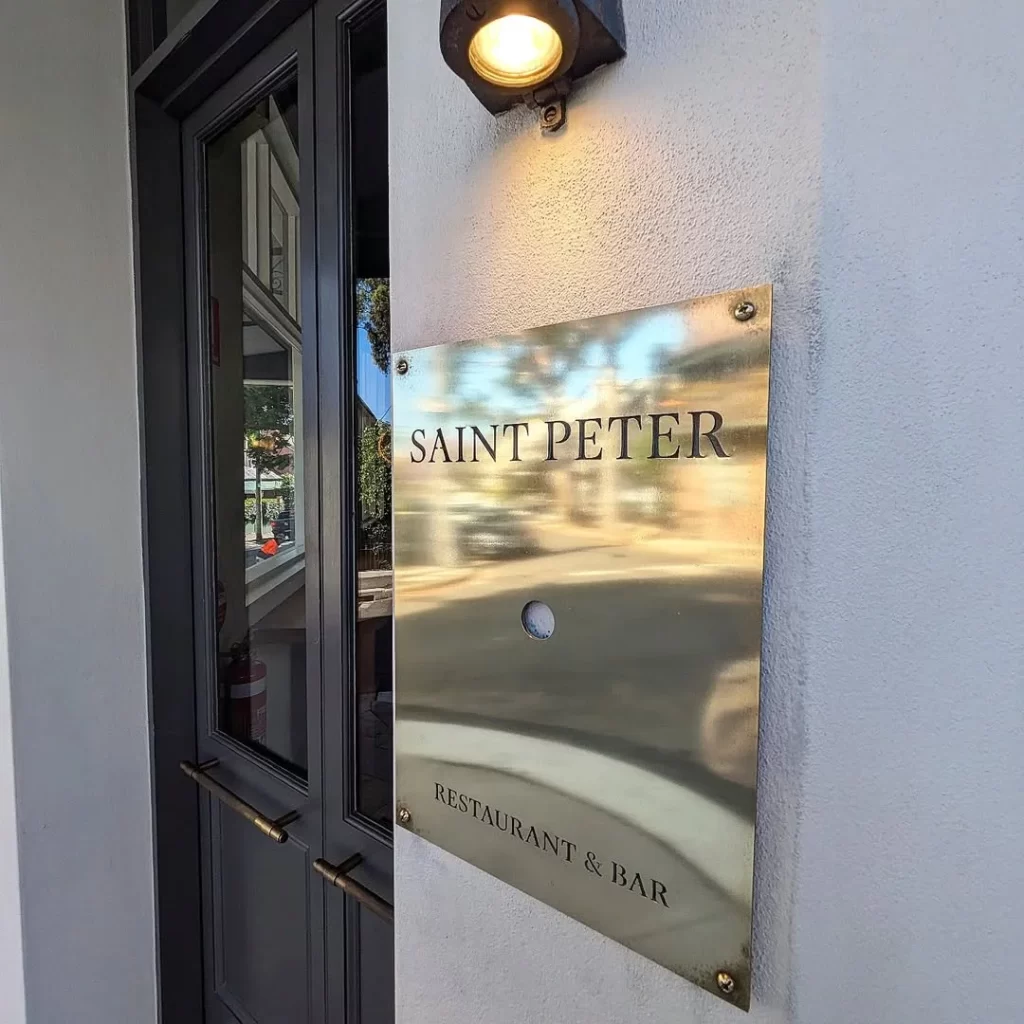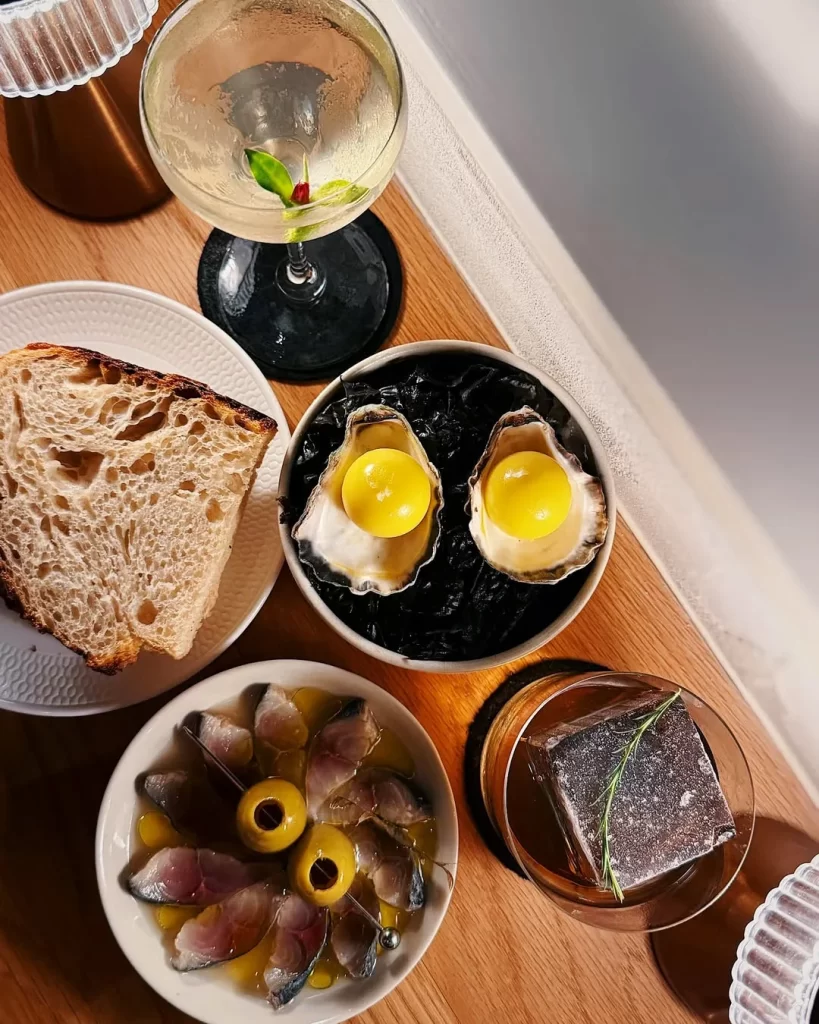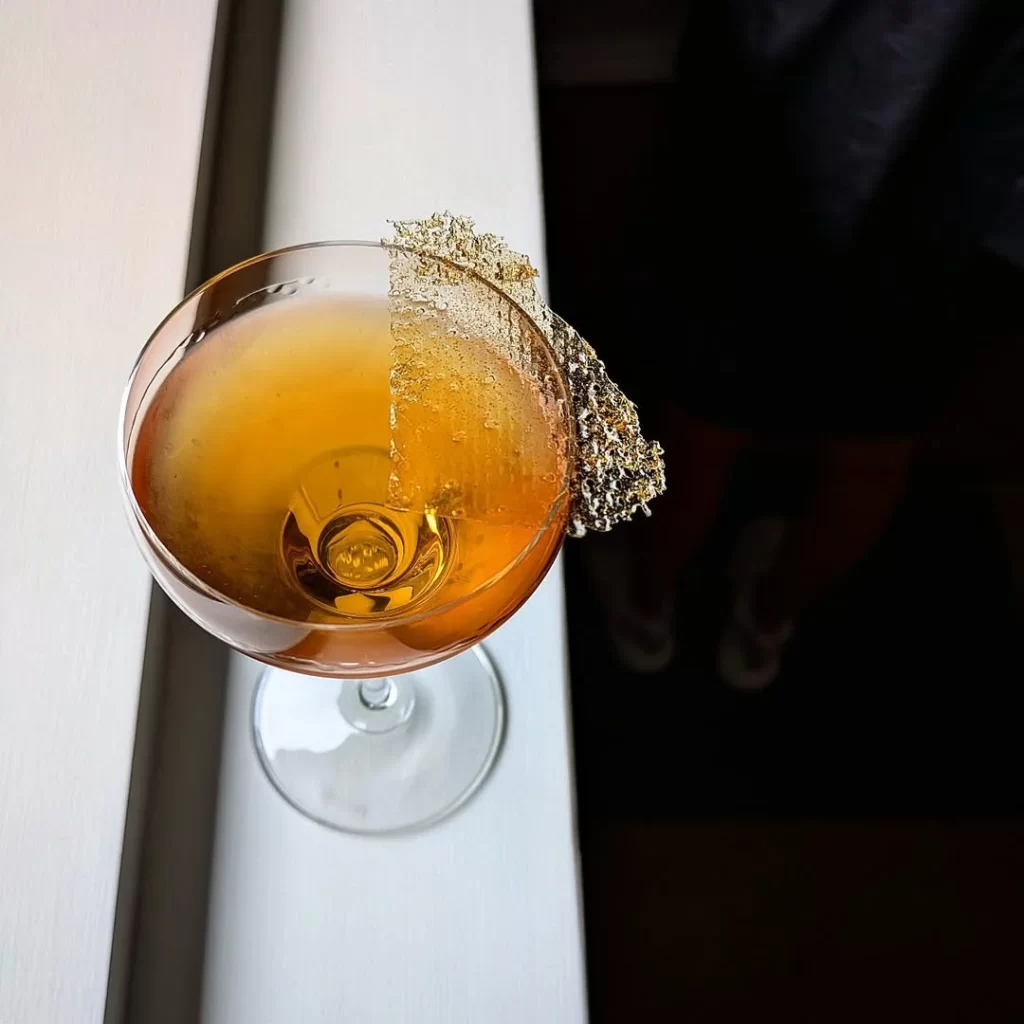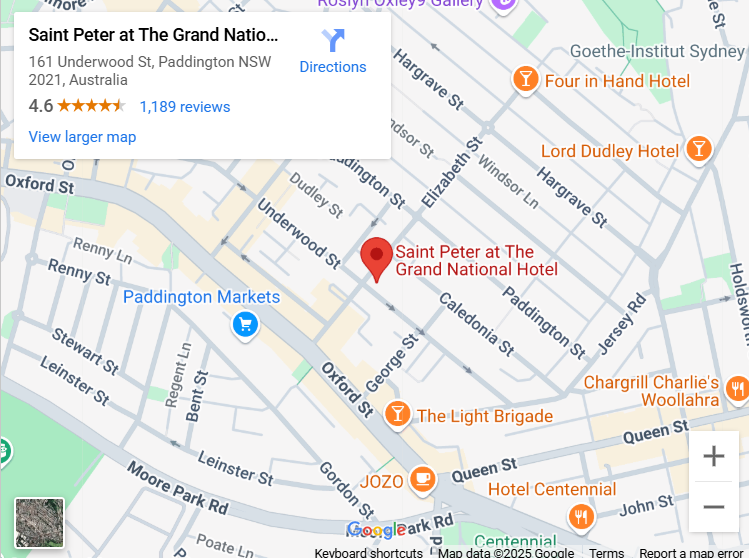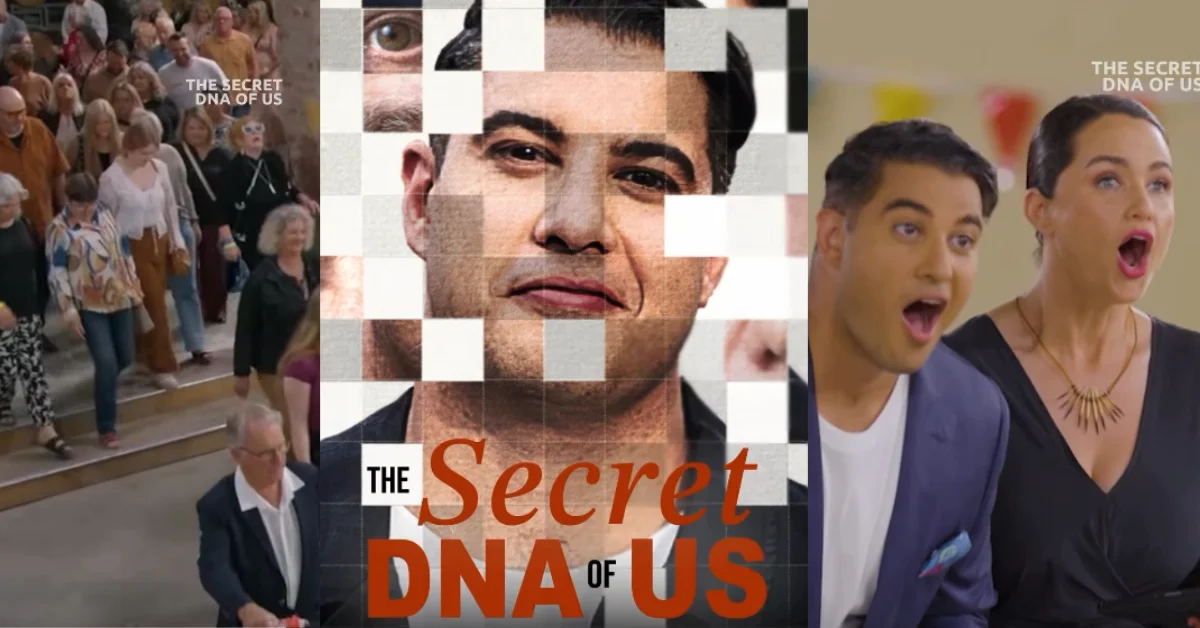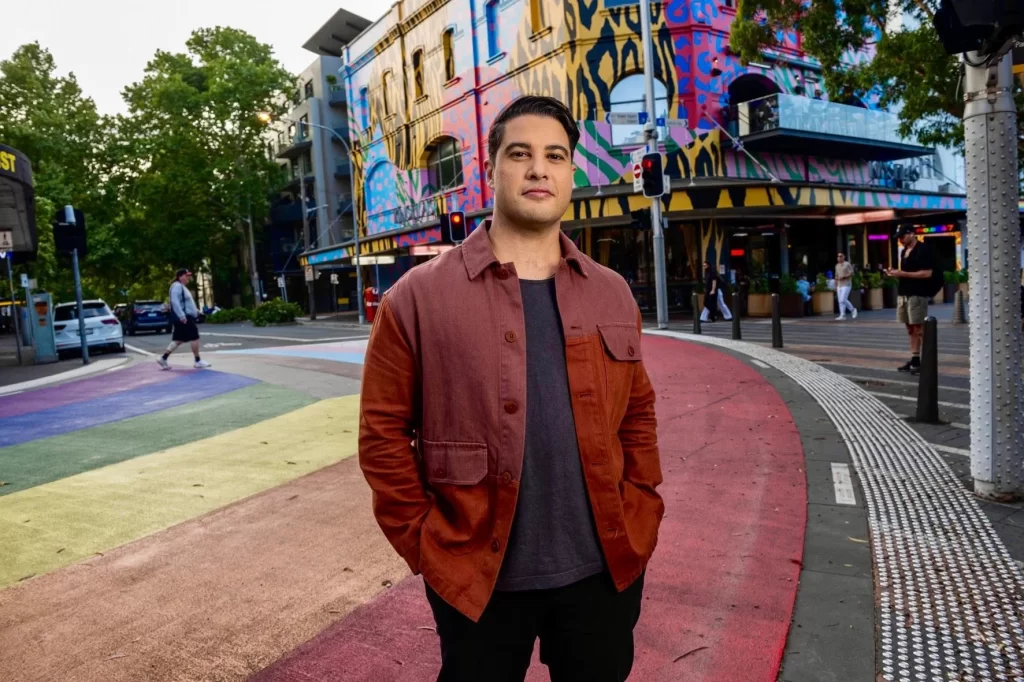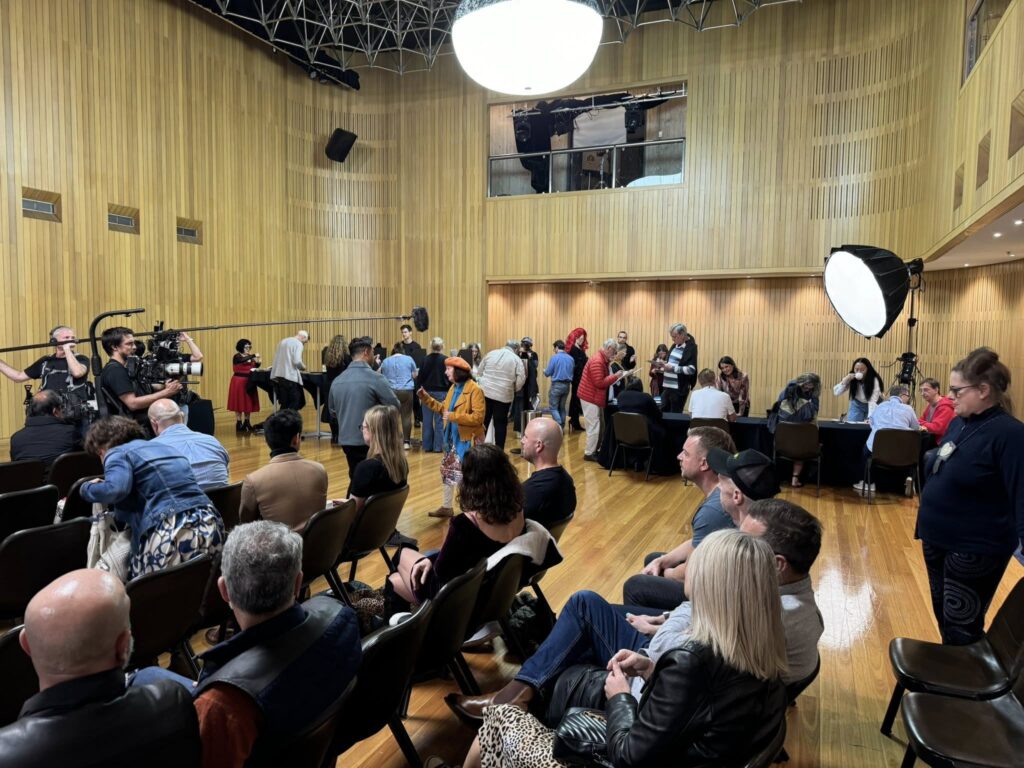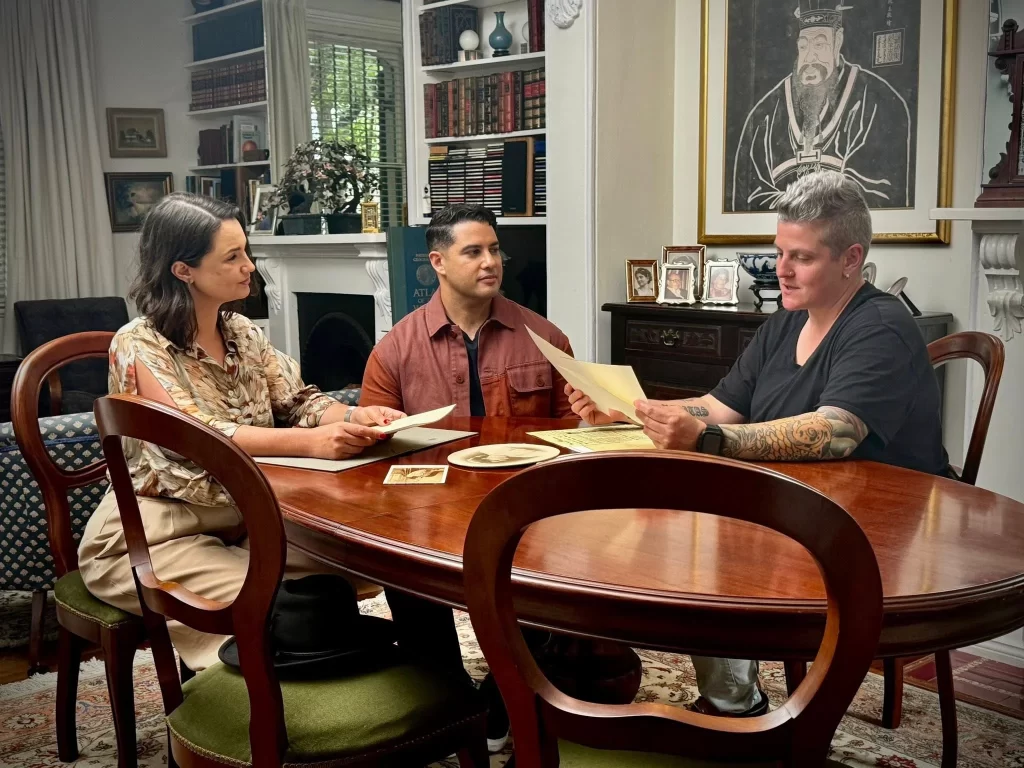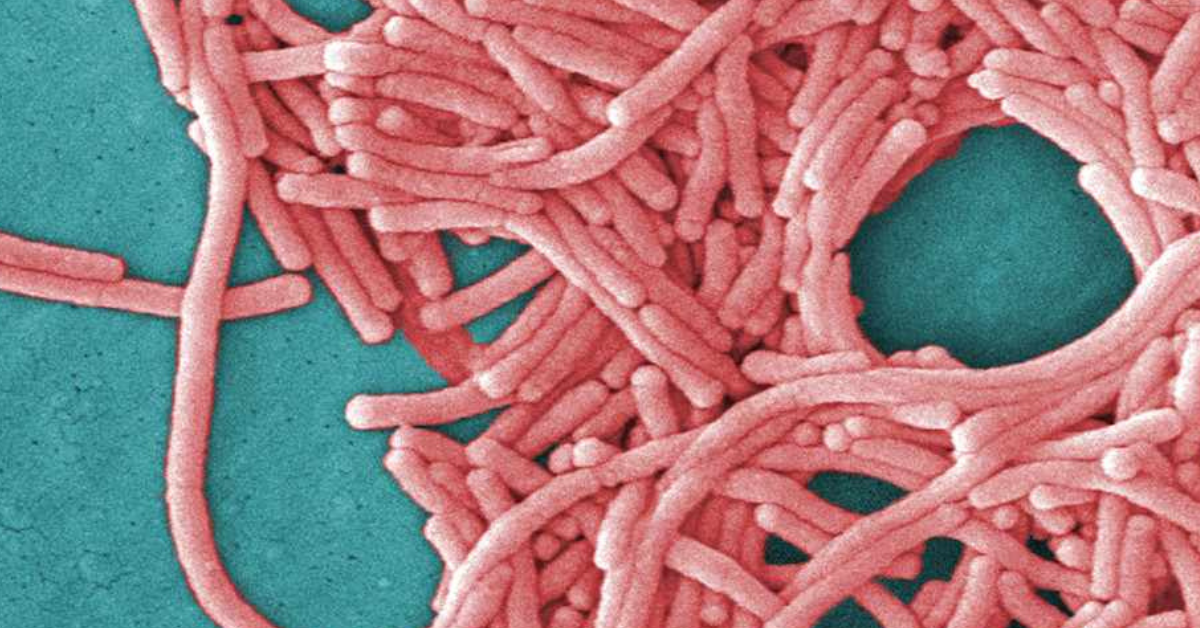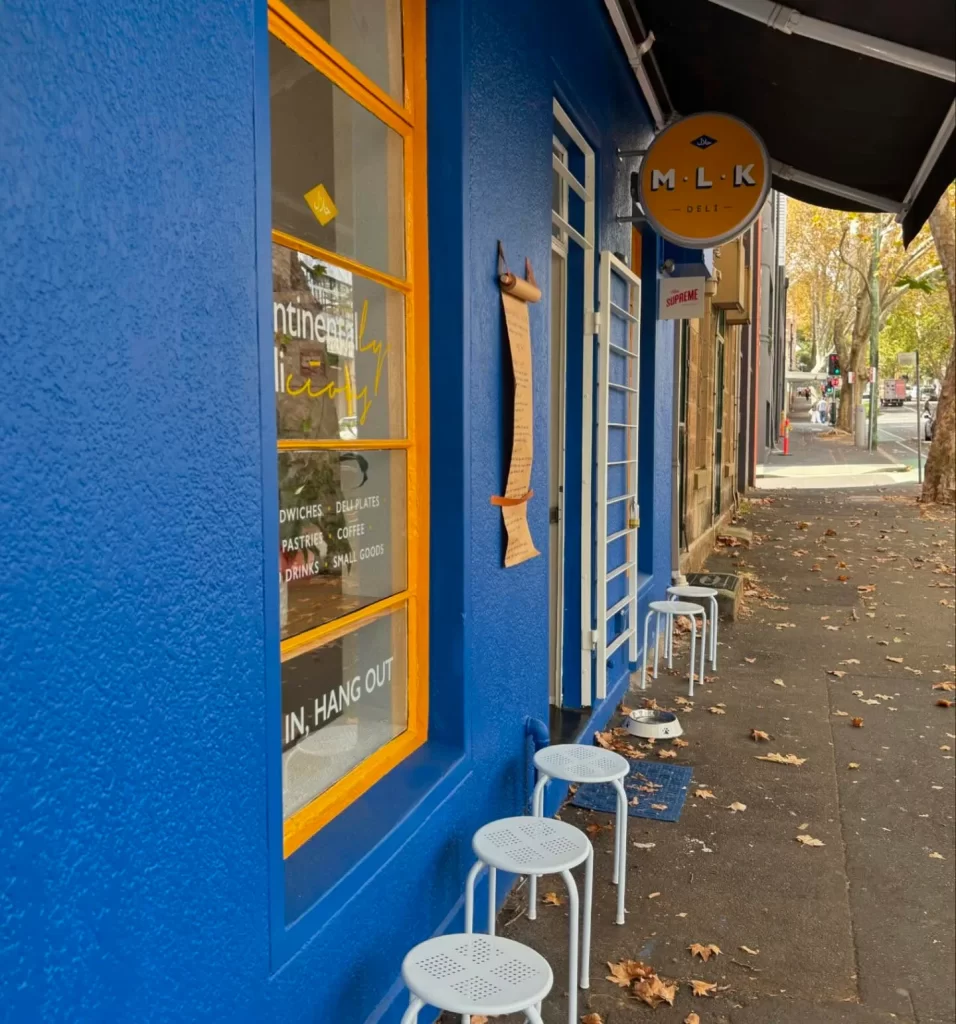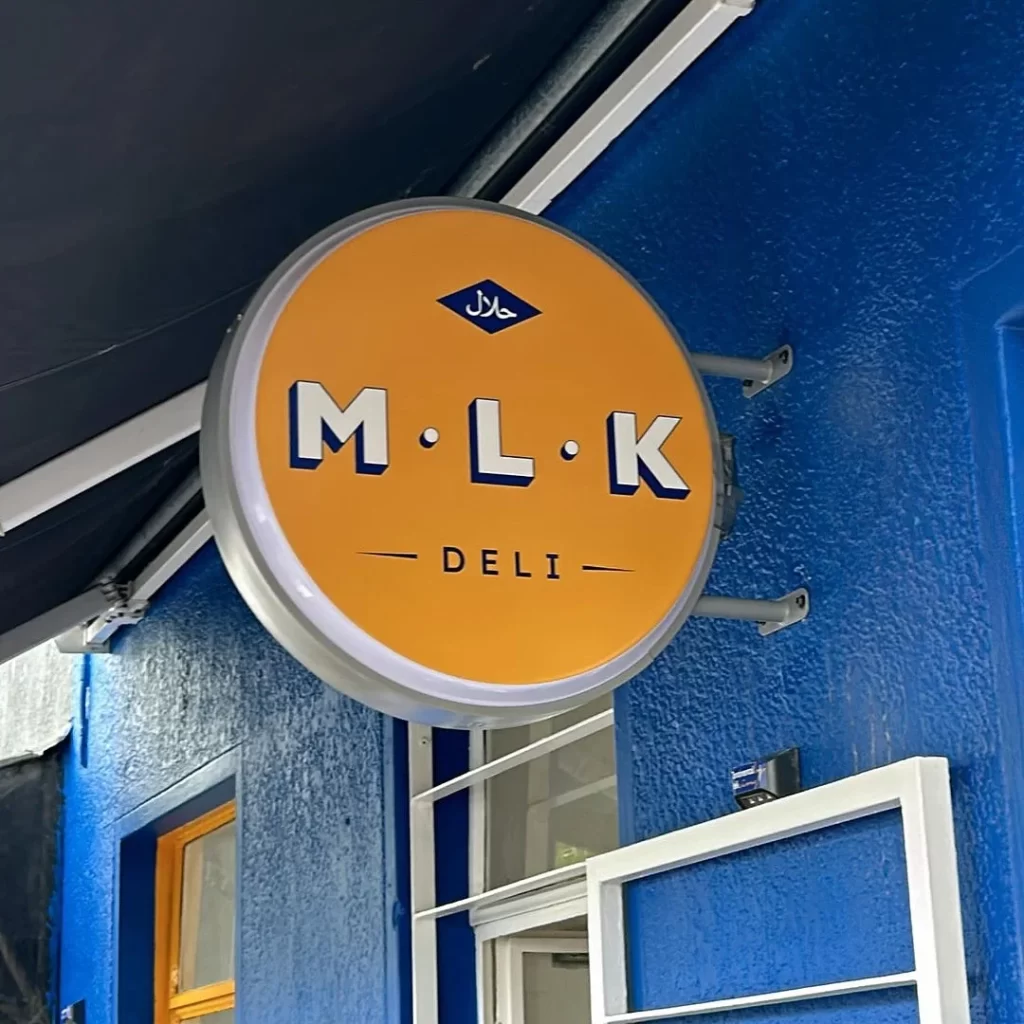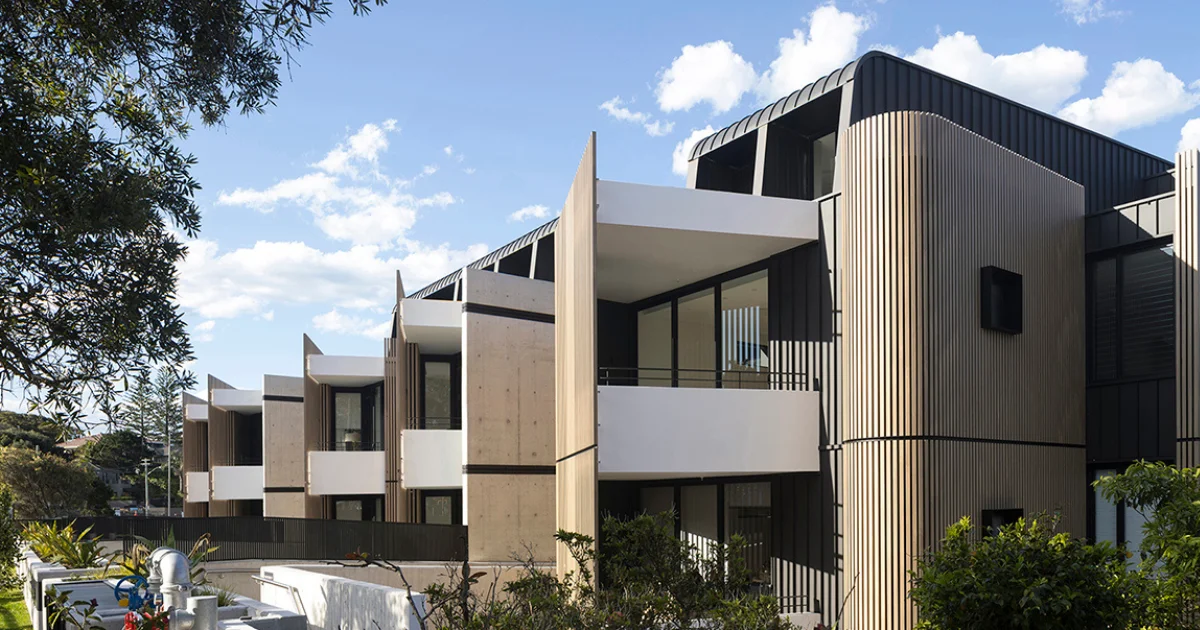Australia’s leading smartphone film festival, SF3, returns to Palace Chauvel Cinema in Paddington, with over $50,000 in prizes and stories from around the world.
Festival to Run in November with Multiple Entry Categories
The 11th SF3 lands at Palace Chauvel Cinema from 7 to 9 November, with Melbourne getting an early screening on 24 October. Filmmakers have until 1 September to submit their entries. This year’s five categories range from kid-made stories to AI creations, three-minute minis and full-length features.
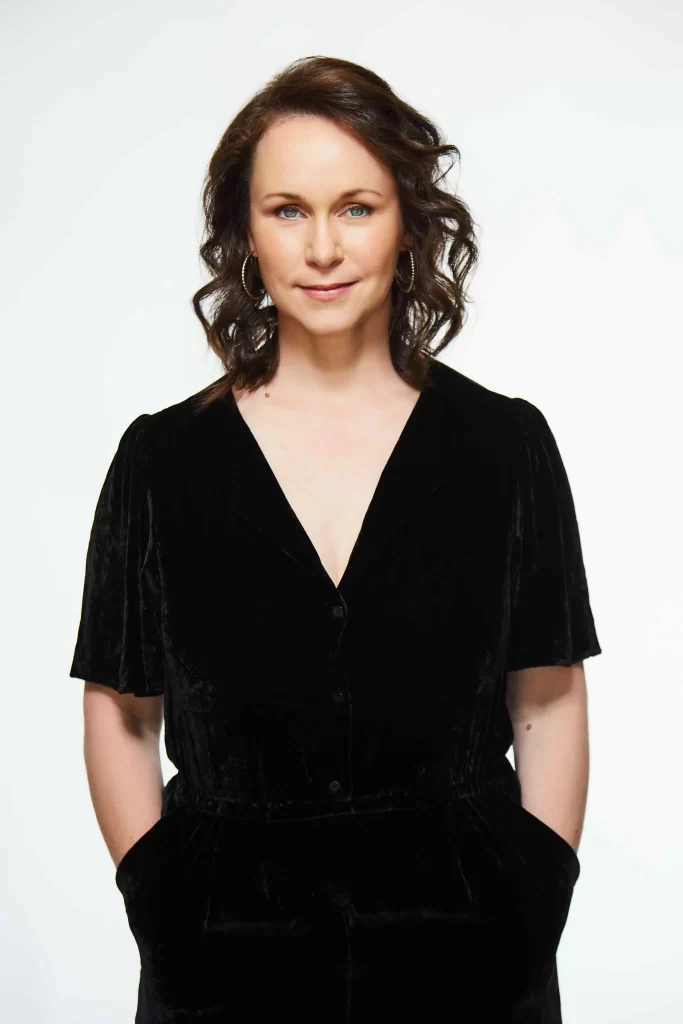
The festival welcomes filmmakers of all ages and skill levels, highlighting that a smartphone is all you need to create cinema-worthy stories. Organisers say it’s about the story, not the gear. Director Angela Blake says they want to hear from everyone, whether you’re five or 85.
Paddington Venue to Host Screenings, Classes and Community Events
Over the weekend in Paddington, audiences can catch red carpet screenings, vote for films and join community networking. The program also features awards and free masterclasses in sound, writing and more.
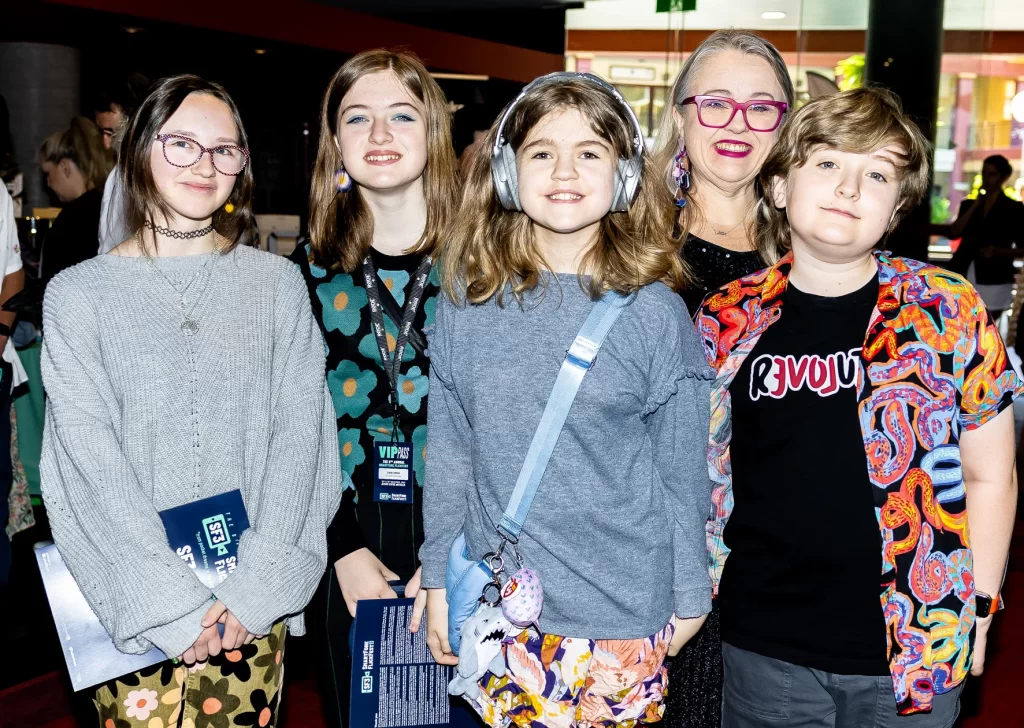
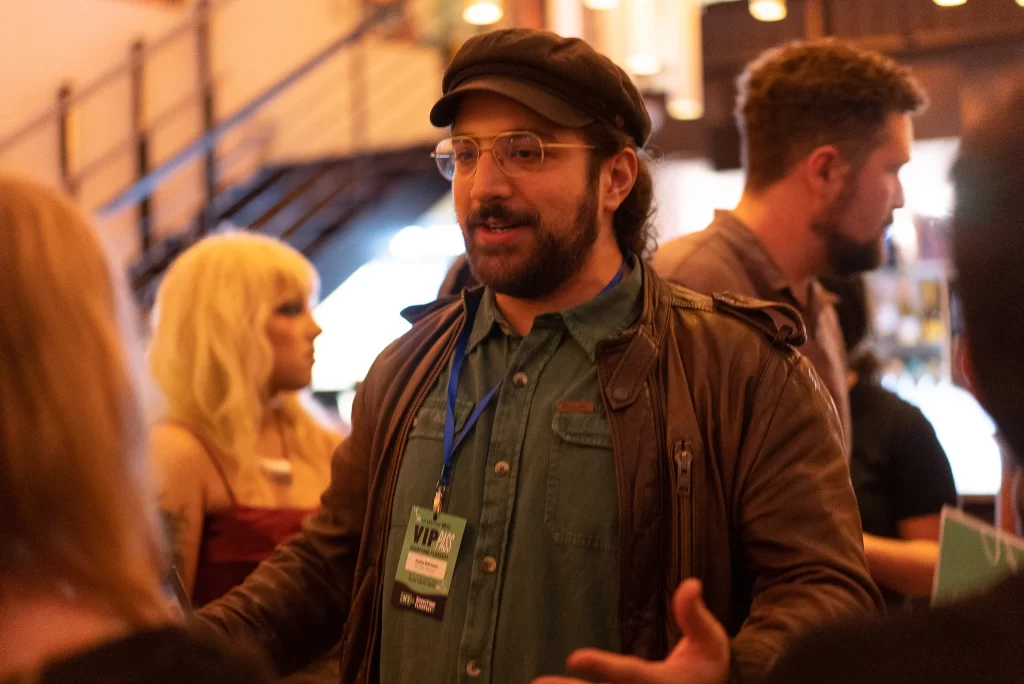
Røde will run a sound workshop, showing filmmakers how to get great results with simple gear. Melodie Music returns as a sponsor, offering its full music catalogue free to all SF3 2025 entrants.
Prizes Include Casting Opportunities and Industry Awards
Thirty-six awards will be handed out, including Best Film, Director, Kids Film and Feature. Special prizes will highlight First Nations creators, women in film, mobile-only work and adaptations. One filmmaker will also earn professional casting support through a pitch comp closing 17 June.
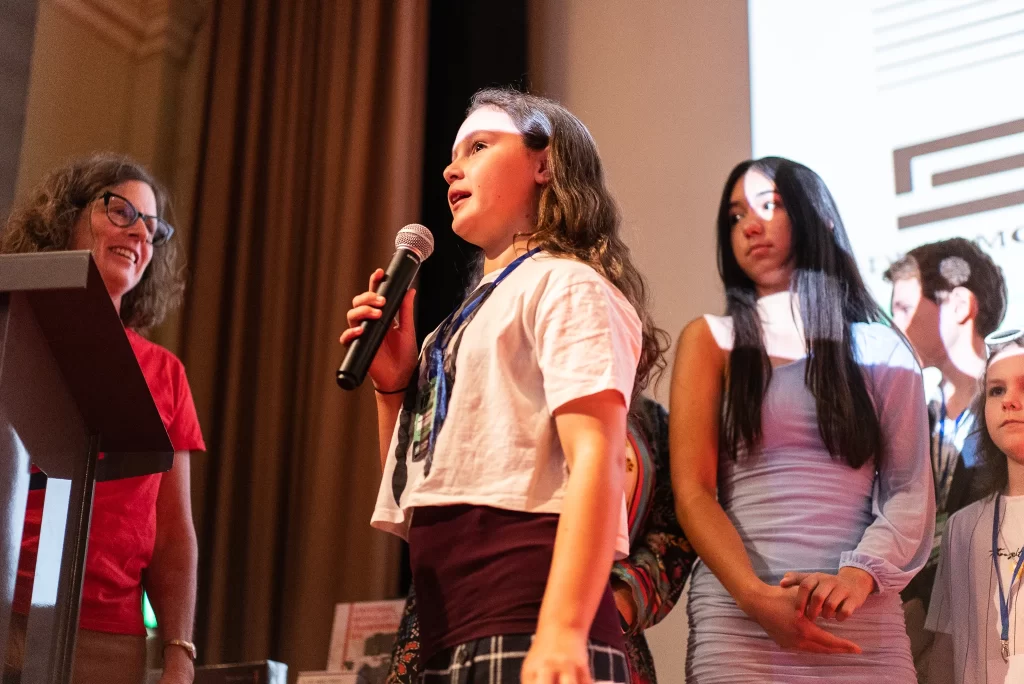

Submissions are judged by a panel of Australian and international creatives, including screenwriters, casting professionals, actors and producers. Some of this year’s panel include Louis Nowra, Ros Gentle, Megan Riakos, and Stephanie Pringle.
Festival’s Focus Is on Storytelling and Accessibility
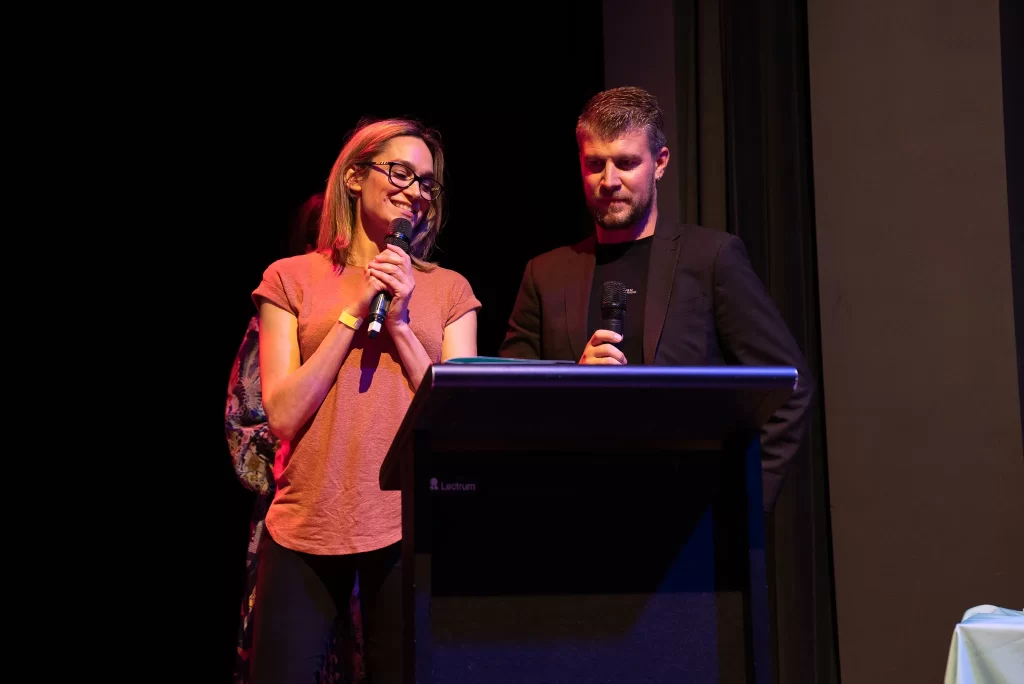
The SF3 team, including ambassador Phillip Noyce, believes powerful stories don’t need big budgets. They support giving new voices a platform beyond studio systems. The festival now attracts hundreds of entries from Australia and abroad each year.
The community nature of the festival remains central, with schools, families, student filmmakers and seasoned professionals all encouraged to get involved. According to organisers, anyone with a phone and a story is welcome.
Published 14-May-2025





